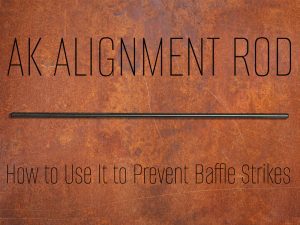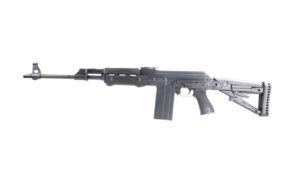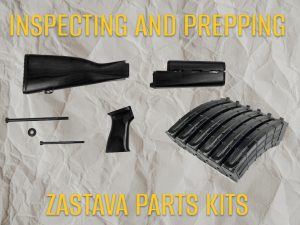Here’s a short answer:
You keep it simple when you match possession to the name on the registration. If you registered the suppressor as an individual, you may possess it. If a trust owns it, every trustee who counts as a “responsible person” may possess it.
No one who qualifies as a “prohibited person” may possess it. Those three sentences remove most drama before range day.
And here’s a bit longer answer:
Why Registration Dictates Who Can Touch It
The National Firearms Act ties lawful possession to the registered person or entity. That linkage matters, because the Act treats a “transfer” very broadly—loan, give, otherwise dispose all count.
If you hand control to someone who isn’t the registrant (or a trustee on the registrant trust), you invite a problem you don’t need.
Individual Ownership: Clean and Clear
Register as an individual and you remove ambiguity: only you may possess the can. You can take your ZastavaArms-equipped carbine to the range, you transport it, you store it—you control it.
When you file your Form 4, you include your photo and fingerprints; the form ties the serial number to you. If a friend wants to shoot with your setup, you keep control and avoid any hand-off that looks like a transfer. When in doubt, control the item and the key.
Trust Ownership: Share Within the Rules
A well-drafted NFA trust shines when you want family or close friends to use the suppressor without you present lawfully. List them as trustees, and they become responsible persons for future applications.
After ATF Final Rule 41F, each responsible person submits a Responsible Person Questionnaire (Form 23) with fingerprints, photo, and CLEO notification whenever the trust applies to make or receive an NFA item. You keep the trust current, you document who may possess, and you remove guesswork.
Pro tip: Update trust schedules and keep signed copies with the can. That packet answers 99% of range-counter questions before they start.
Who Absolutely Cannot Possess It
Federal law bars certain categories—felony convictions, domestic-violence misdemeanor convictions, unlawful controlled-substance users, and more—from possession of any firearm or ammunition.
That prohibition covers your suppressor, full stop. You vet anyone you add as a trustee and avoid even brief access for prohibited persons.
At The Range: Control Solves Most Problems
You want friends to enjoy the quiet life with your ZastavaArms setup. Do it smart:
- Keep the can under your control unless the shooter is a trustee on the owning trust.
- Avoid hand-offs that look like a loan. The NFA’s transfer definition reaches farther than most people assume.
- Keep copies of the approved Form 4 (or eForm approval) and, for trusts, the relevant trust pages that show trustees.
These habits align your fun with the letter of the law.
Safe Storage That Passes Scrutiny
You secure the suppressor so that only the lawful possessor can access it. ATF guidance allows storage at a friend’s or relative’s home only if you keep exclusive control of the key or combination and leave paperwork copies plus a short authorization letter.
That method avoids a “transfer,” because no one else can access the can. You also may use a bank safe-deposit box. Either way, you keep exclusive control, so you stay compliant.
Avoid this trap: “I left it with my buddy for safekeeping.”
ATF warns against transfers for storage to other people (or even to an FFL) without an approved transfer. If someone else holds the item and can access it, that looks like a transfer. Don’t do it.
Moving or Road-Tripping With Your Can
Interstate travel rules create confusion. You file ATF Form 5320.20 to move machine guns, short-barreled rifles/shotguns, or destructive devices across state lines. That form does not cover suppressors, so you don’t file it for a can.
You still confirm that your destination state allows suppressors. If you move permanently, notify the NFA Division of the address change, even though no 5320.20 applies to suppressors.
Estate and Heirs: Plan Now, Avoid Stress Later
Life happens. A trust makes succession clean: the trust controls the item; trustees and then beneficiaries receive it per the document and the law.
Even outside a trust, ATF provides a tax-exempt path for lawful heirs through Form 5, but you handle that before distribution. Write down your plan, and keep it with the can’s paperwork.
Final Word
You bought a suppressor to shoot more, stress less, and keep range buddies smiling. Tie possession to the name on the paper, keep access tight, and use a trust when you want true shareability.
That approach keeps your ZastavaArms setup legal, safe, and ready for the next quiet range day.



